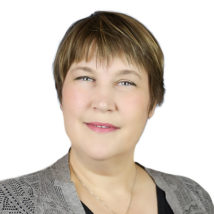
Tina Hesman Saey
Senior Writer, Molecular Biology, Science News
Science News senior writer Tina Hesman Saey is a geneticist-turned-science writer who covers all things microscopic and a few too big to be viewed under a microscope. She is an honors graduate of the University of Nebraska-Lincoln where she did research on tobacco plants and ethanol-producing bacteria. She spent a year as a Fulbright scholar at the Georg-August University in Göttingen, Germany, studying microbiology and traveling. Her work on how yeast turn on and off one gene earned her a Ph.D. in molecular genetics at Washington University in St. Louis. Tina then rounded out her degree collection with a master’s in science journalism from Boston University. She interned at the Dallas Morning News and Science News before returning to St. Louis to cover biotechnology, genetics and medical science for the St. Louis Post-Dispatch. After a seven year stint as a newspaper reporter, she returned to Science News. Her work has been honored by the Endocrine Society, the Genetics Society of America and by journalism organizations.

All Stories by Tina Hesman Saey
-
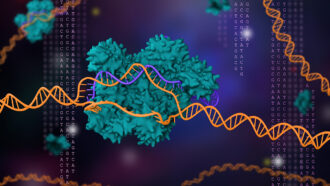 Chemistry
Chemistry2020 chemistry Nobel goes for CRISPR, the gene-editing tool
Only eight years after its development, CRISPR has revolutionized genetics. It also just brought Emmanuelle Charpentier and Jennifer Doudna acclaim.
-
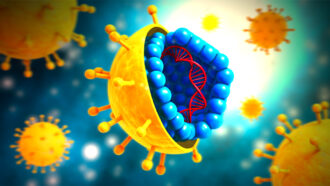 Health & Medicine
Health & MedicineTrio wins 2020 Nobel for discovery of hepatitis C
It took 50 years from discovery of hepatitis C to its cure. For their pivotal work in this area, three men will take home a 2020 Nobel Prize.
-
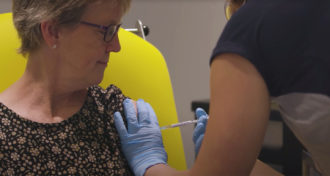 Health & Medicine
Health & MedicineNew COVID-19 vaccines show promise in people
Early data from human trials show that several candidate COVID-19 vaccines produce virus-inactivating antibodies and immune cells that fight the virus.
-
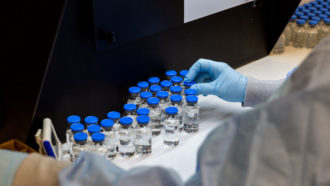 Health & Medicine
Health & MedicineRemdesivir is looking even better at fighting COVID-19
New studies suggest the drug remdesivir not only speeds recovery of COVID-19 patients in the hospital, but lowers their risk of death from the virus.
-
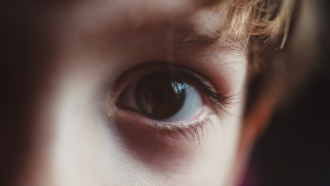 Brain
BrainExplainer: How our eyes make sense of light
It takes a lot for images before the eyes to be 'seen.' It starts by special cells sensing the light, then signals relaying those data to the brain.
-
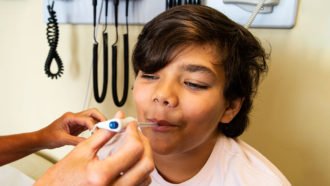 Health & Medicine
Health & MedicineMillions of likely U.S. COVID-19 cases have gone undiagnosed
Over just three weeks in March, some 8.7 million people in the United States may have contracted COVID-19. That far surpasses the official tally.
-
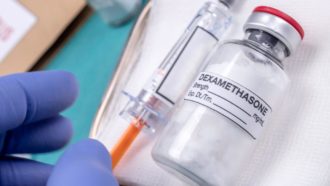 Health & Medicine
Health & MedicineCommon drug, dexamethasone, appears first to cut COVID-19 deaths
A drug used for decades to treat inflammation now appears useful in saving the lives of severely ill COVID-19 patients — ones who have trouble breathing.
-
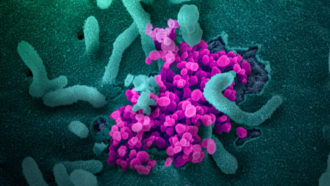 Health & Medicine
Health & MedicineLoss of taste and smell may be top indicators of COVID-19
Loss of a sense of taste and smell are not just possible symptoms of COVID-19. A study now argues they may be among the most predictive ones.
-
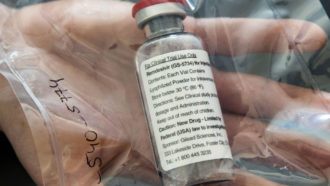 Health & Medicine
Health & MedicineFirst drug is found to block the new coronavirus
A series of new trials show that the antiviral drug remdesivir offers promise in speeding the recovery of patients with COVID-19.
-
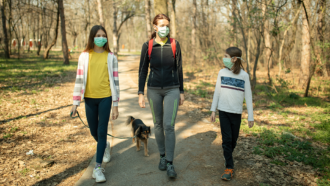 Science & Society
Science & SocietyHow much do masks help against COVID-19?
There’s a range of masks available to the public. From purchased to home-made coverings, all should help — some a lot more than others.
-
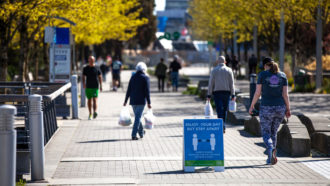 Health & Medicine
Health & MedicineSix foot social-distancing will not always be enough for COVID-19
To avoid COVID-19, keeping a 6-foot social distance is a good rule of thumb. But for plenty of instances, that might not be nearly far enough.
-
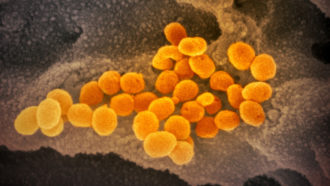 Health & Medicine
Health & MedicineCoronavirus most contagious before and right after symptoms emerge
Once the body starts making antibodies to the new coronavirus, it stops making 'live' virus. But beware long-lasting live virus on surfaces, scientists warn.